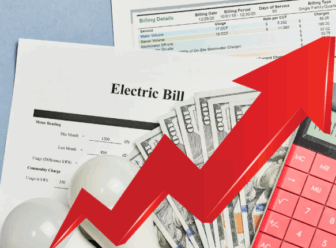 No, not the “meat” in a can. Those emails telling you about viagra and people in Nigeria with millions of dollars that they’d love to send to you. McAfee, which (coincidentally?) sells anti-spam protection software, recently commissioned a study on the envirnmental impacts of spam.
No, not the “meat” in a can. Those emails telling you about viagra and people in Nigeria with millions of dollars that they’d love to send to you. McAfee, which (coincidentally?) sells anti-spam protection software, recently commissioned a study on the envirnmental impacts of spam.
The conclusion? After taking into account all the energy that goes into creating, storing, deleting and filtering spam, it was found that the average spam message creates about .3 grams of CO2 emissions. Because 62 trillion junk email messages were sent in 2008, that equals the amount of CO2 that would be produced by driving around the world 1.6 million times.
Richi Jennings, spam expert, breaks it down this way: “Globally, the annual spam energy use is 33 billion kilowatt-hours, or 33 TWh – that’s as much electricity as 2.4 million U.S. homes use, with the same greenhouse gas emissions as 3.1 million passenger cars using 2 billion U.S. gallons of gasoline.”
Now here’s the BIG grain of salt. The solution to the problem of spam and global warming? Invest in a state of the art spam filter – like one created by McAfee! Because really, the most energy used on spam is people manually sorting through their email, trying to find real messages from real people. I personally would prefer a more proactive route, though I may start missing the emails telling me how to make my breasts grow bigger, faster.




